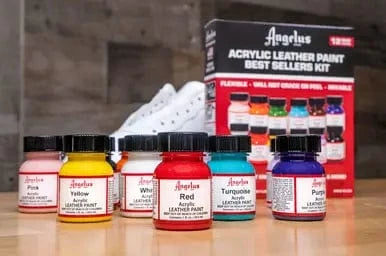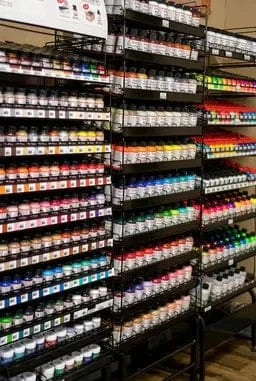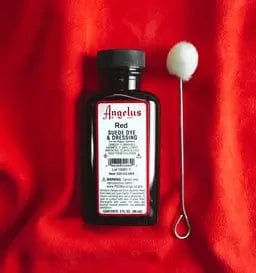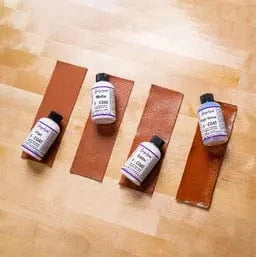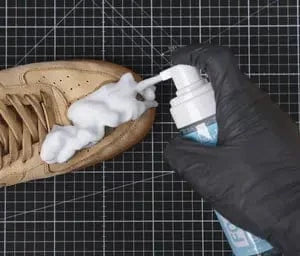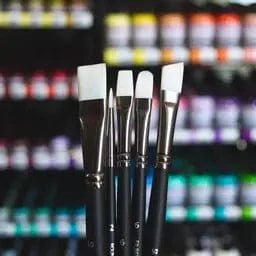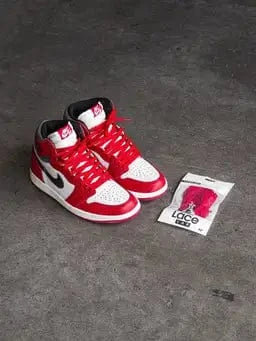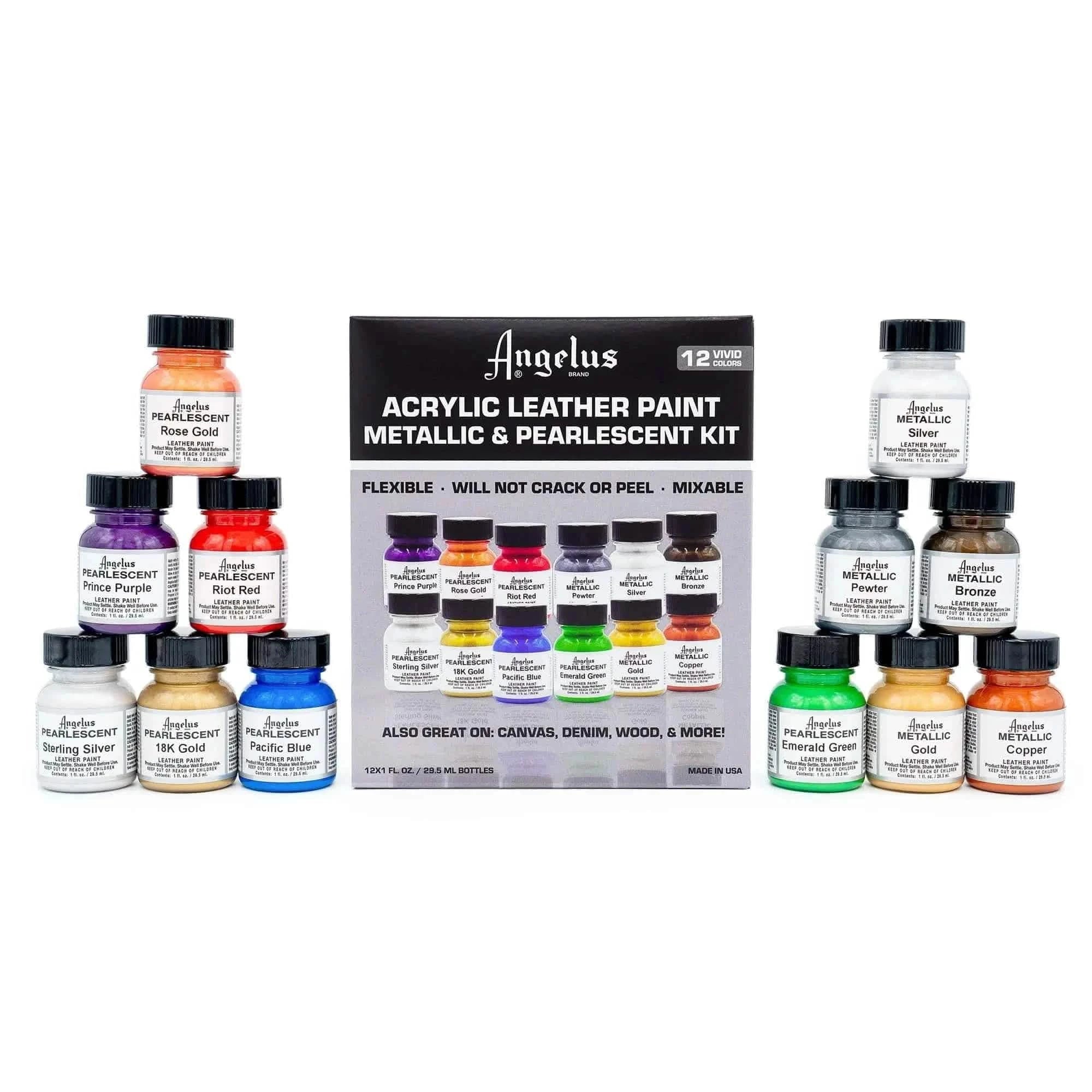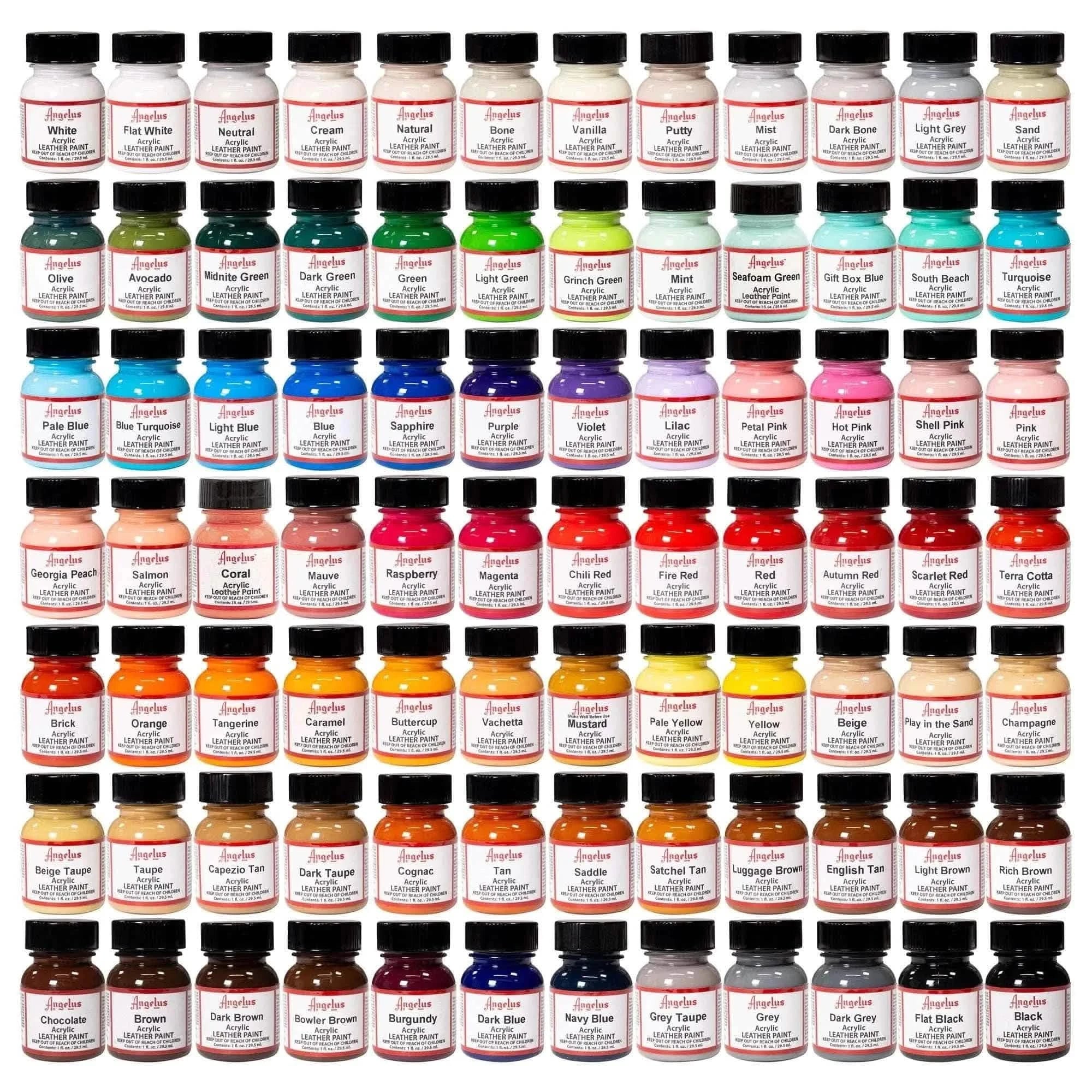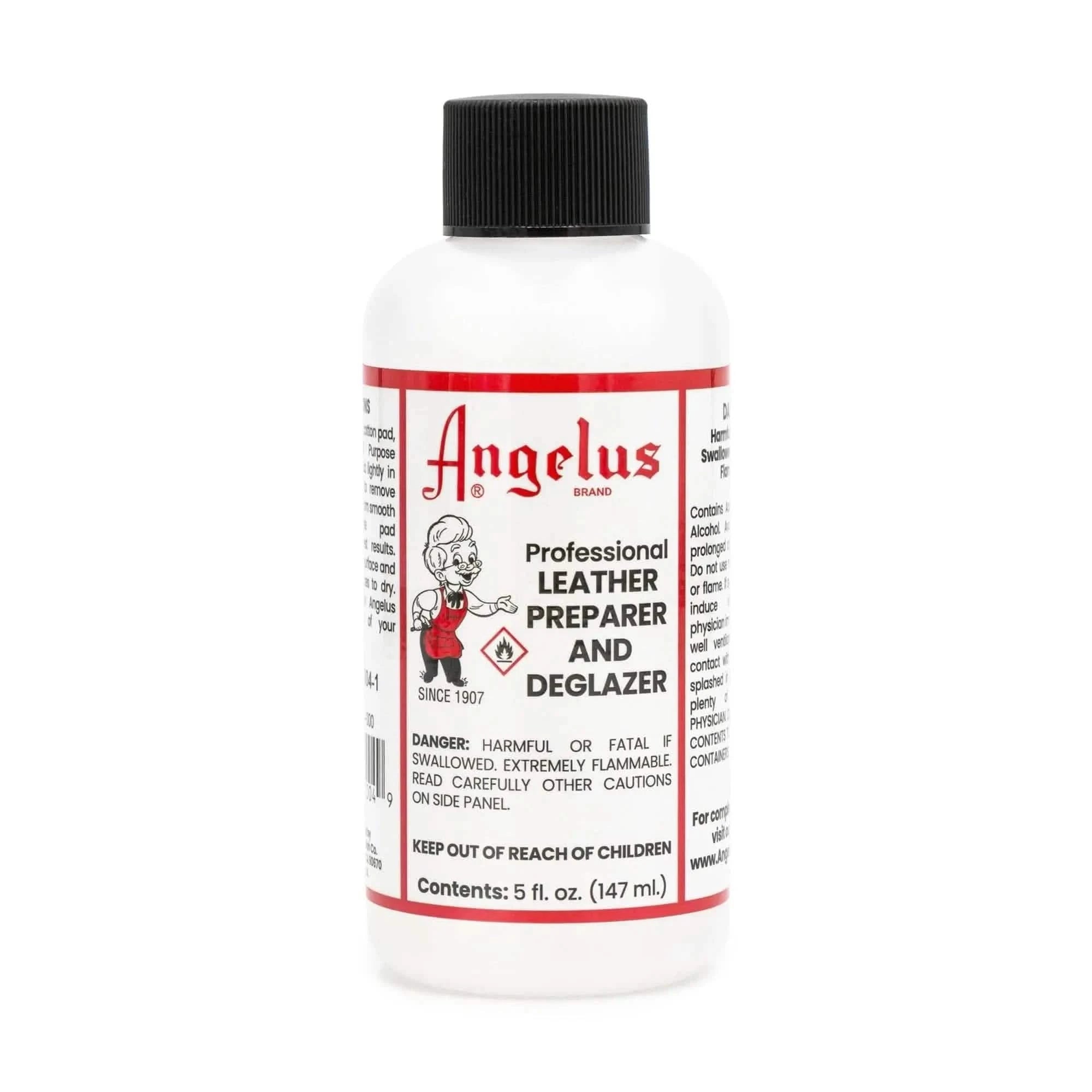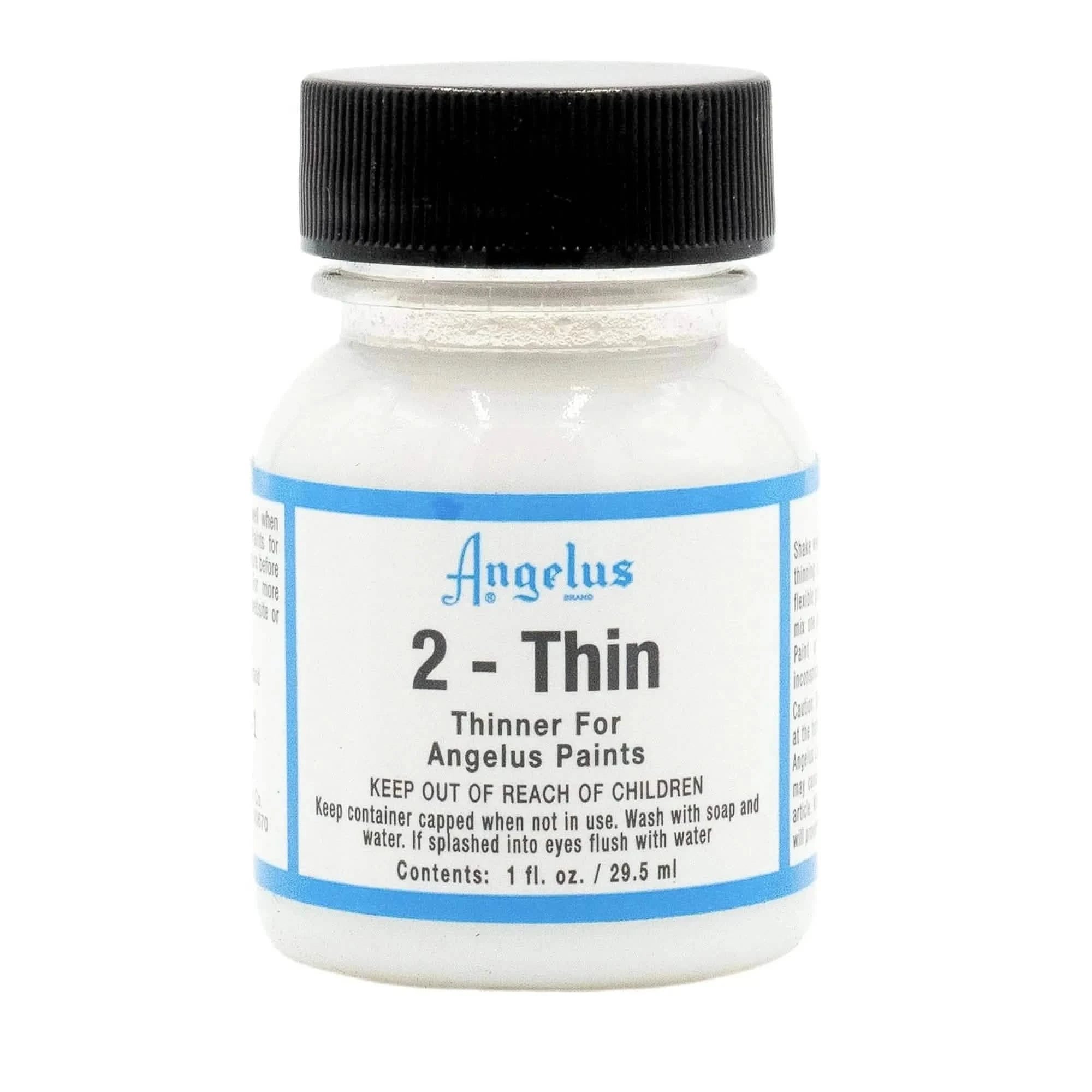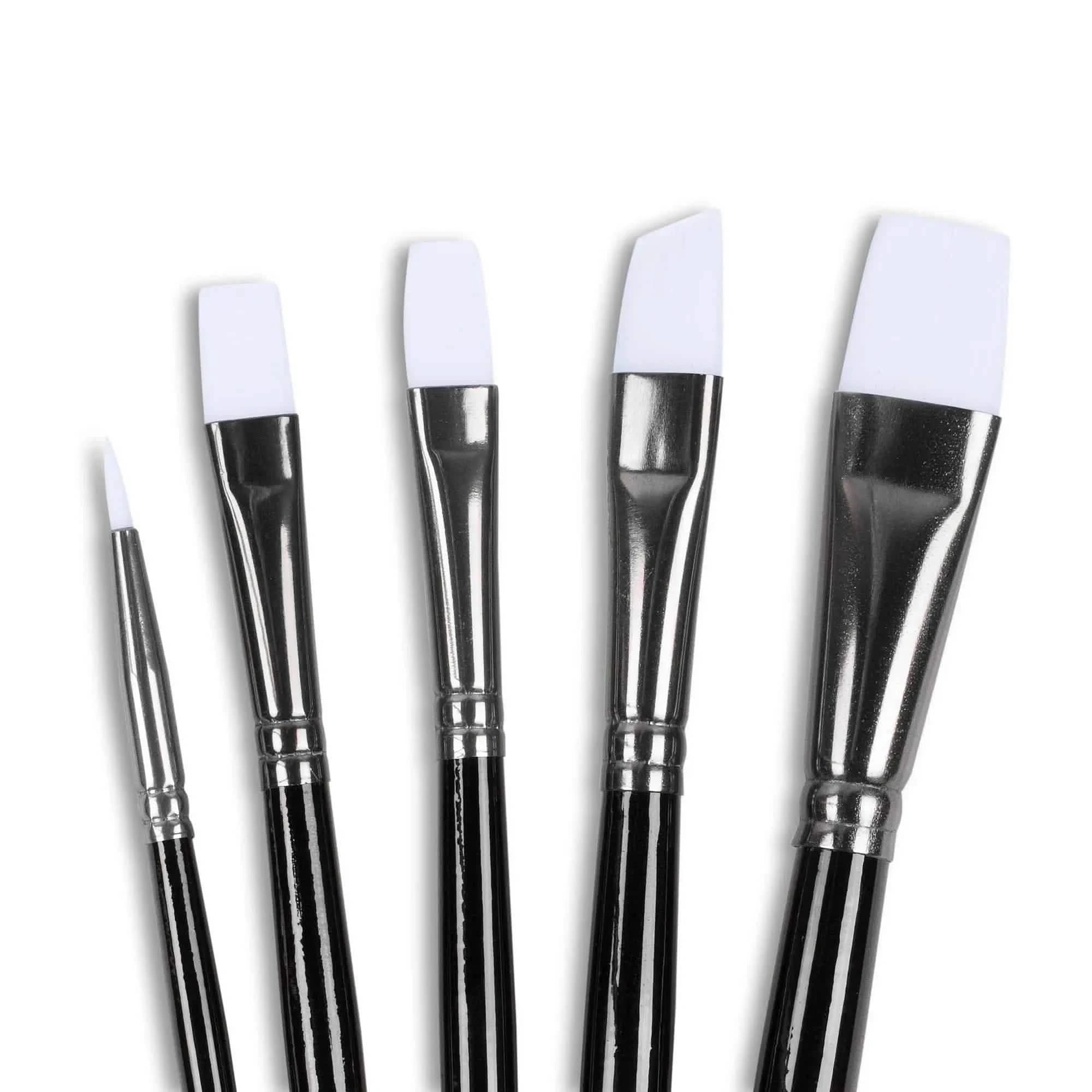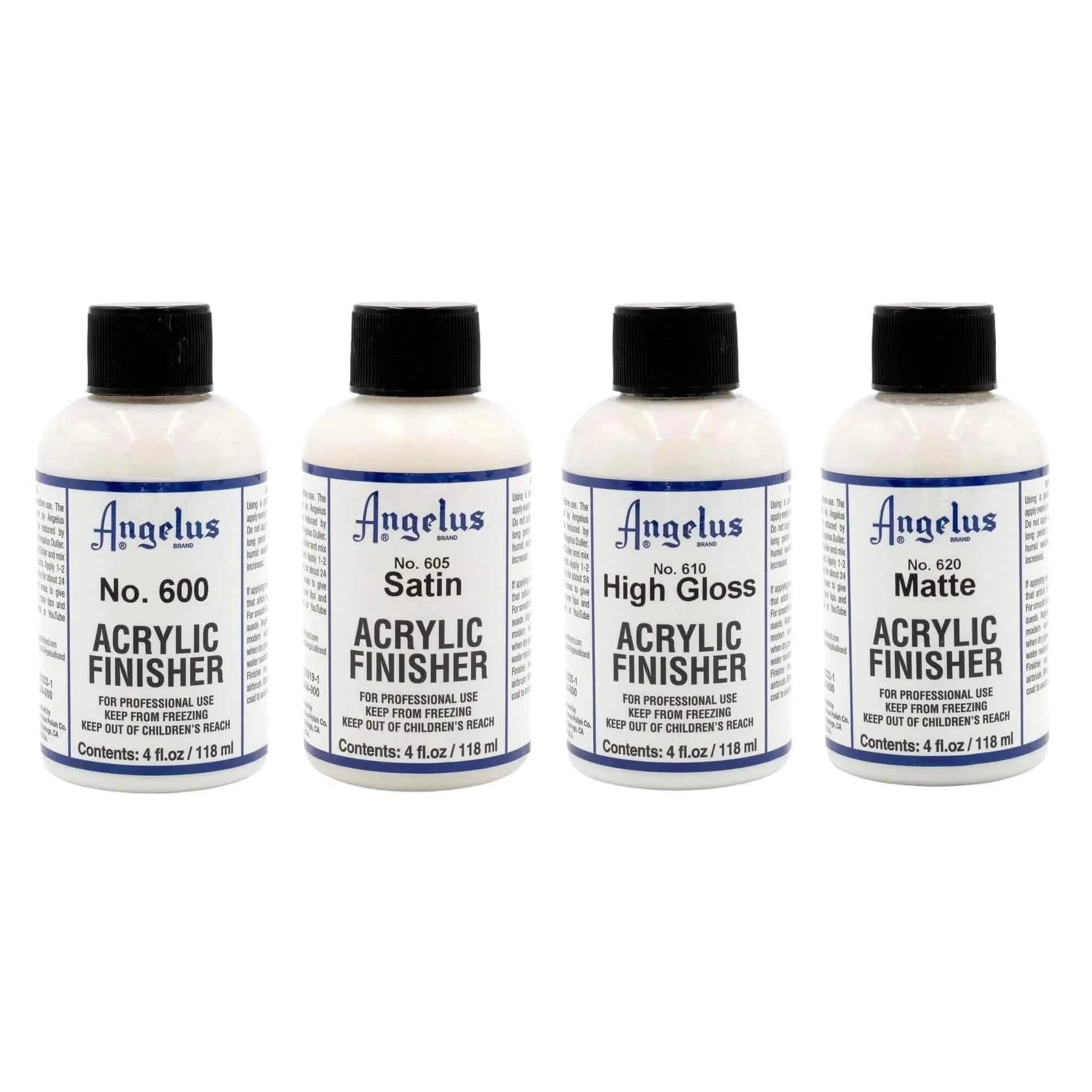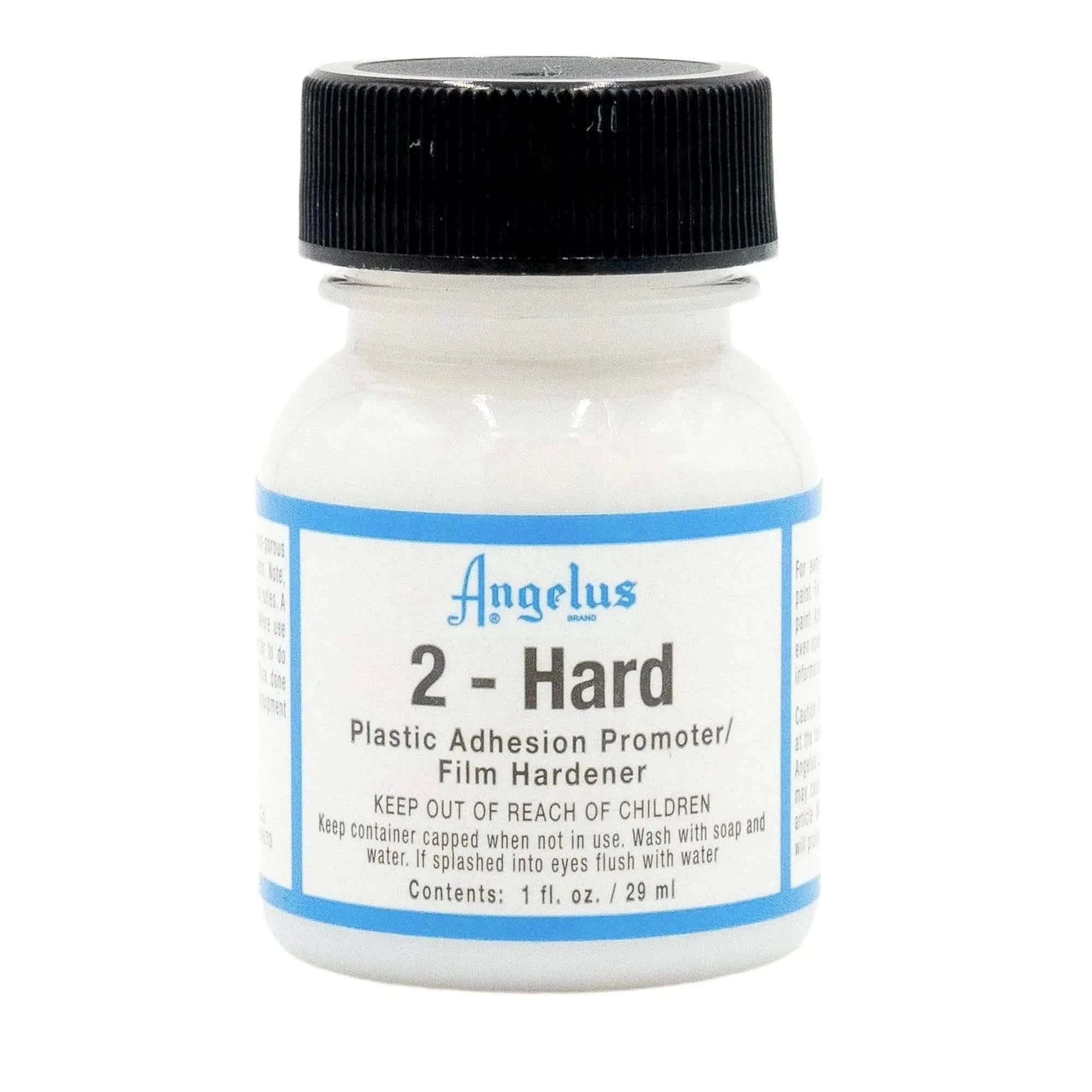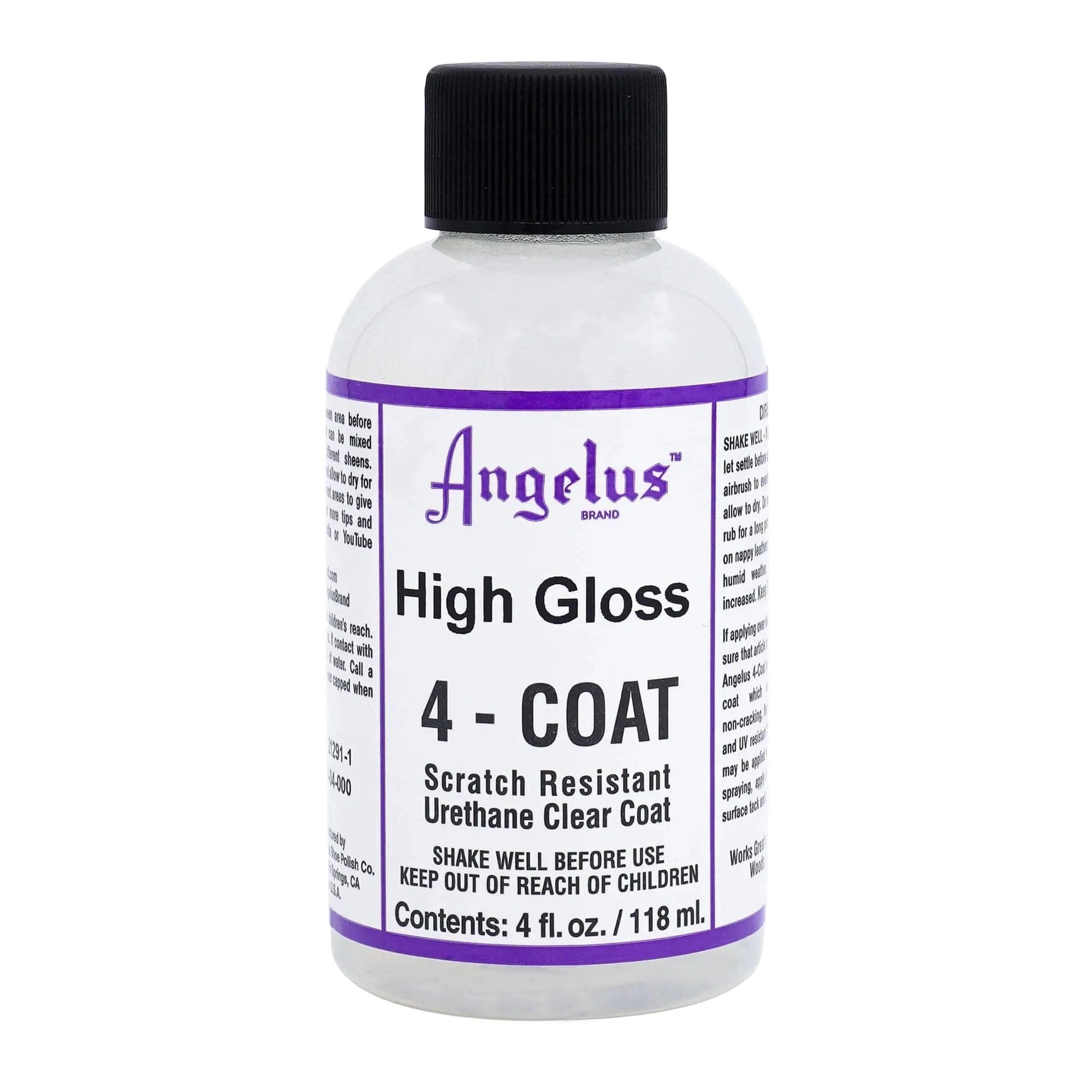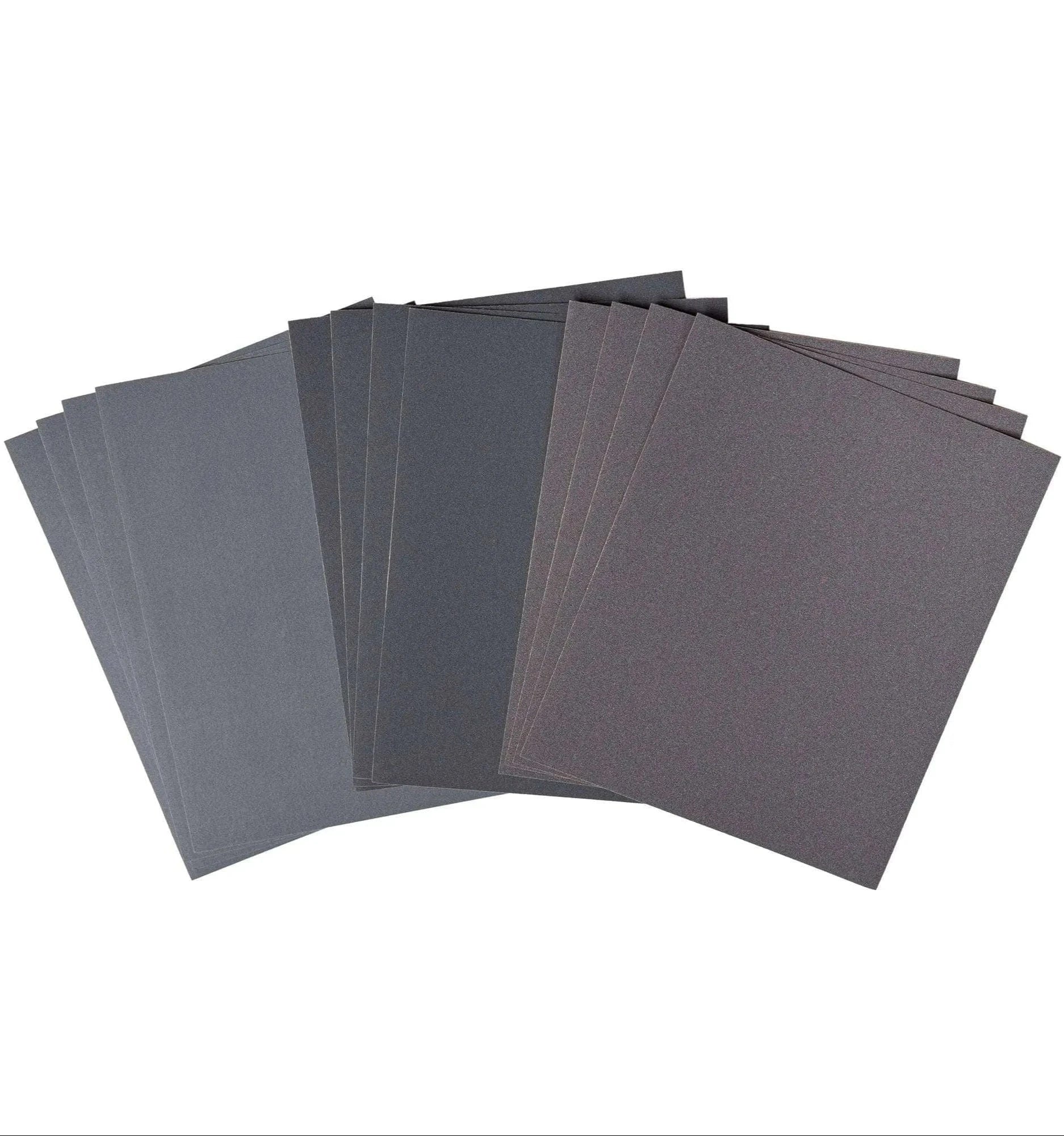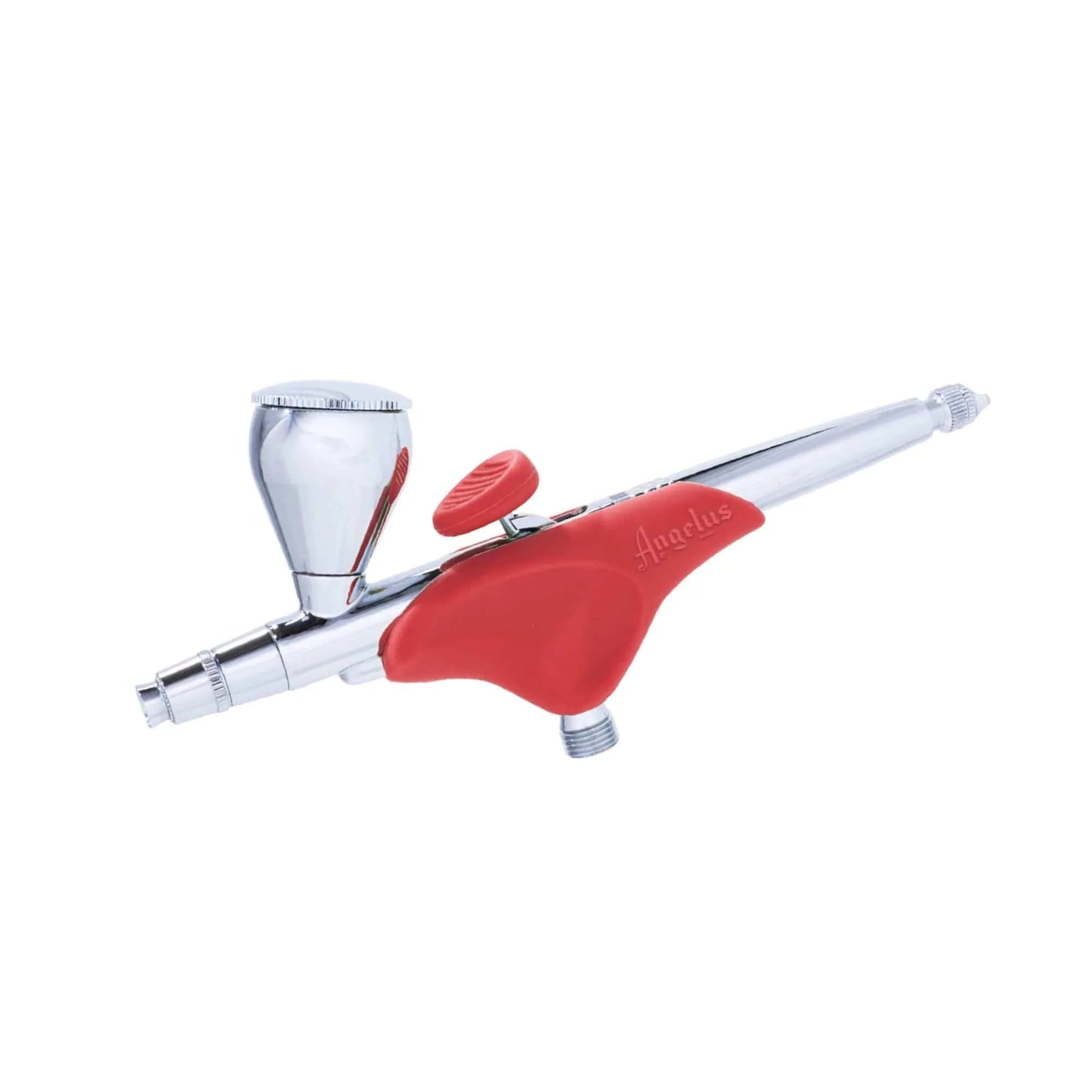Quick Guide to Angelus Paints
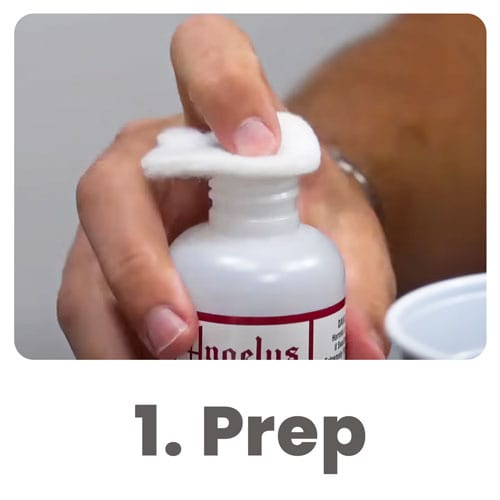
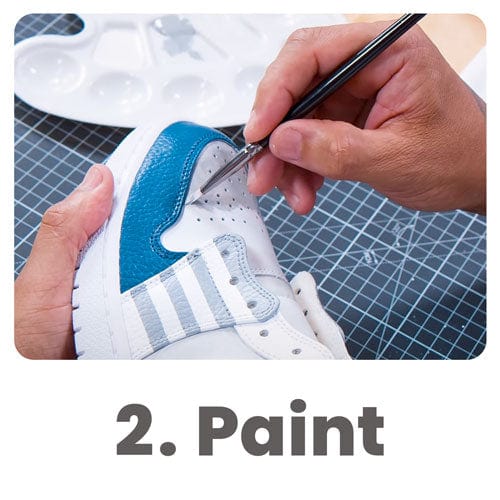
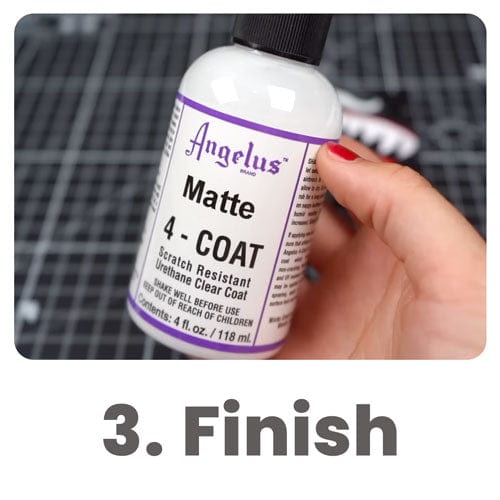
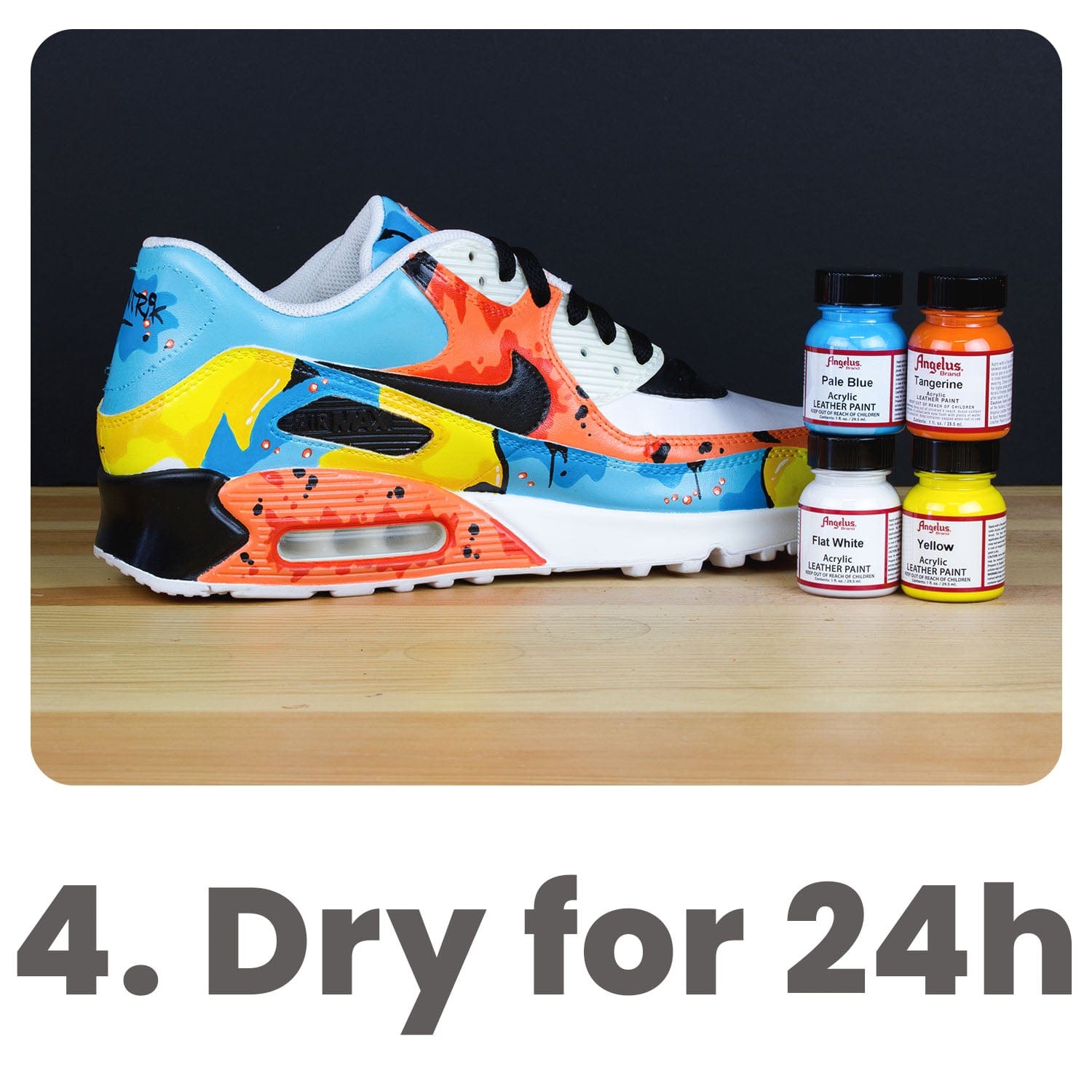
Why Choose Angelus Brand Paint for Metal
For over 100 years, Angelus Brand has crafted paint trusted by artists, customizers, and hobbyists worldwide. As a family-owned brand, every batch of acrylic paint is proudly made in the USA, ensuring consistent quality and vibrant color.
The non-toxic formula provides smooth coverage when applied to a prepared metal surface.
Unlike generic spray paint or off-the-shelf options, Angelus Brand gives you the flexibility to mix additives like 2-Hard for reliable adhesion on metal surfaces.
How to Mix Your Own Metal Paint
With the right steps, you can prepare Angelus Brand acrylic paint for use on a metal surface by mixing additives:
1. Choose Your Base Color
Start with your preferred Angelus Brand Standard Colors, Metallic Paint, Pearlescent Paint, or Neon Paint. Each option can be prepared for decorative use on metal when mixed correctly.
Keep in mind that metallic and neon shades do not flow well in Empty Paint Markers due to pigment density, so they are best applied with a brush. Standard and pearlescent paints remain compatible with markers.
2. Add the Hardener
Blend Angelus Brand 2-Hard with your paint to strengthen adhesion.
As a baseline, mix at a 1:1 ratio (50%). For rigid, flat substrates like steel, you can increase the ratio to 75% 2-Hard. This additive enhances the paint's adhesion to hard, non-porous surfaces.
Just make sure to allow time for proper curing before handling the object.
3. Adjust Flow (If Needed)
If you are filling Angelus Brand Empty Paint Markers, thin your paint mix with 2-Thin at a 1:1 ratio. For airbrush applications, Angelus recommends a blend of one part 2-Thin to four parts paint.
These ratios maintain a smooth mixture for spraying and prevent clogging. Adjusting consistency ensures you can apply paint evenly, whether you are using markers, airbrush, or a brush.
4. Test & Tweak
Before painting your final project, always test on a scrap piece of metal. Apply a thin stripe with a brush to check flow and coverage. If the paint drags or feels thick, add a little more 2-Thin. If it appears watery or has reduced color, add more paint.
Testing first gives you control over coats and prevents wasted effort on the final surface.
How to Paint Metal
Painting a metal surface for decorative use requires careful preparation and the right mix of products. Angelus Brand acrylic paints can be made compatible with metal when mixed with Angelus 2-Hard.
Follow these steps to apply paint correctly and achieve smooth, lasting results:
-
Clean and Degrease: Wash the object with soap and water, then dry completely. Wipe the surface with Preparer & Deglazer or rubbing alcohol to remove oils and residue. A clean foundation ensures paint bonds evenly.
-
Light Scuff: Use wet sandpaper with a grit of 400–800 to lightly sand the surface. This creates a subtle texture that helps the paint grip metal. Wipe away dust with a damp cloth.
-
Mask: Apply painter’s tape to areas you do not want painted. This step protects surrounding sections and gives your project clean edges.
-
Mix for Metal: Stir Angelus Acrylic Paint, then add Angelus 2-Hard at a 1:1 ratio (50%). For rigid substrates, increase the mix to 75% 2-Hard. This additive ensures the paint adheres to non-porous surfaces.
-
Apply Thin Coats: Use a paintbrush or an airbrush to apply multiple thin coats. Let each coat flash-dry before applying the next. Thin, even layers reduce runs and give better coverage compared to heavy coats.
-
Cure: After your final coat, allow the painted surface to cure for at least 48 hours. This period strengthens adhesion and prevents marks from being handled too soon.
-
Seal: For added durability, finish with 4-Coat for maximum scratch resistance or use Acrylic Finisher for a satin, matte, or gloss finish. Sealing helps preserve color and makes maintenance easier. For ultimate metal protection, spray an automotive clear coat over.
This process allows you to apply paint on metal in a way that is reliable, decorative, and user-controlled without the need for traditional spray paint.
Frequently Asked Questions
What Kind of Paint Will Stick to Metal?
For Angelus Brand projects, mix Angelus Acrylic Paint with 2-Hard and apply it to a cleaned, deglazed, and lightly scuffed surface. Then, seal the area. This process allows the paint to bond properly and hold color on metal surfaces.
Do You Need to Prime Metal Before Painting?
For the Angelus method, a separate metal primer is not required. Prep the object with a Preparer & Deglazer, optionally use an adhesion promoter, and mix paint 1:1 with 2-Hard for strong adhesion.
Traditional metal systems often recommend a dedicated metal primer; however, it is not necessary with this process.
Which Paint Is Best for Painting Metal?
For custom art with Angelus Brand, use Angelus Acrylic Paint mixed with 2-Hard and finish with an acrylic finisher or 4-Coat. This combination provides vibrant color, strong adhesion, and a durable sealed surface suitable for decorative use.
Other collections and products:
Leather Paint | White Leather Paint | Pearlescent Paint | Shoe Laces | Leather Dye | Suede Dye | Shoe Cleaner | Shoe Wax | Rope Laces | Shoe Polish | Dye Products | Shoe Customization Kit | Shoe Paint Kit | Mink Oil | Midsole Paint | Paint Duller | Angelus 2 Soft | Fabric Dye | Urethane Clear Coat | Angelus Best Sellers
